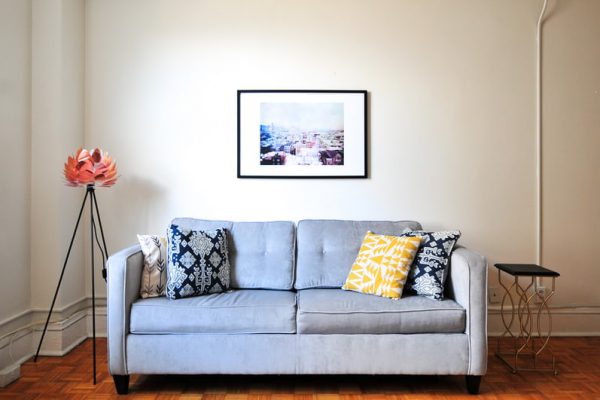The human condition is, by nature, flawed. As artists, there is a beauty to this that we capitalize on, whether it be in creation, in performance or in consumption. We can all understand on a visceral level that once there is human involvement, there is the possibility of human error. By accepting that humans are flawed, we also have to recognize that, unfortunately, we can never achieve a truly safe space. Whether by dereliction or design, some people will make mistakes and some people will get hurt. However, the human condition is no excuse for human complacency. There are many ways to make our spaces a safer home for all.
The reason I am so passionate about making dance spaces safer is because I was thrown into a very toxic space when I started dancing at the age of 18. I witnessed unsettling situations and I was manipulated and mentally abused for eight years. I was made to feel small, insignificant and utterly untalented. I was never free to create nor was I encouraged to be my authentic self.
When I left this studio at the age of 25, I vowed to never let someone treat me that way again and to never treat anyone else that way. I later opened the first all drop-in dance studio in Montreal in 2012. A place with no outsiders, no judgment and no toxicity. Tripoli Studios Inc. is now heading into its 10th season and every day I do all I can to make it safer, braver and better.
For this article, I will look at the dance industry from three perspectives: the student, the teacher and the studio director. To write this article, I surveyed 100 artists (through Instagram) about what a safe space means to them within one of those three perspectives. This is only a mere sample of what I discovered.
THE STUDENT searches for:
• A judgment-free zone
• A place where all are welcome to share their love of dance
• An inspiring, inclusive and supportive environment
• An atmosphere that offers physical health activities and mental health resources
• A haven with feedback, honest critique and the same education options regardless of their background, body type, experience, gender, race, orientation, etc.
• A sanctuary that protects them from fear, anxiety, anger and stress
• A space where they see themselves represented as soon as they walk in the door
THE TEACHER wishes for:
• A judgment-free zone
• A place where they (and their students) feel seen, understood and unafraid
• An environment where they are respected and valued while expressing themselves creatively
• An atmosphere full of kindness, gratitude, respect and patience
• A haven that gives their students the opportunity to flourish through constructive feedback and allows them to grow into who they truly are
• A sanctuary where the human side is omnipresent, ideas are respected and skills are trusted
• A space where they see themselves represented in a diverse and inclusive staff
THE STUDIO DIRECTOR hopes for:
• A judgment-free zone
• A place where students, teachers and staff can express themselves freely
• An environment free of bullying and free of competition
• An atmosphere where everyone feels heard and at ease
• A haven where collaboration is encouraged, creativity is renewed and all things are approached from a place of love
• A sanctuary without favouritism; equal chances for all
• A space where they see themselves represented within a community that supports one another
So how do we accomplish all of this? The answer is as simple as learning a choreography: one step at a time.
Architectural integrity aside, a space is only as safe as the humans it houses. If we learn to be safer humans, we will create spaces of safety. A “safe(r)” space offers a judgment-free environment, a place full of support and love and without fear or harassment of any kind.
If we learn to be braver humans, we will create spaces of bravery. A “brave” space makes room for uncomfortable conversations. It acknowledges individual differences and unique abilities. It is a place that holds people accountable respectfully while sharing various experiences and embodying a new level of understanding.
If we learn to be better humans, we will create better spaces. A “better” space is one where our goals don’t have to be implemented. They are fostered and grown, rooted in the values we are now recognizing as our own.
We must cultivate respectful relationships between student and teacher, between teacher and owner, between student and owner. Boundaries and buffers should be set in order for everyone to function at their highest frequency.
A safer space should foster growth, a maturation that comes from a little vulnerability and discomfort. The best way, the safest way, to embrace this is to be surrounded by supportive people going through the same process – a process that allows people to make mistakes and learn from them, that gives young dancers the power to speak up, that allows teachers to truly feel valued and that permits directors to be proud of what they have created.
Step by step, we can make our industry a little safer, our artists a little braver and our world a little better.
Giulia Tripoli is the owner and director of Tripoli Studios Inc. in Montreal.
Tagged: All, On the Ground, All





